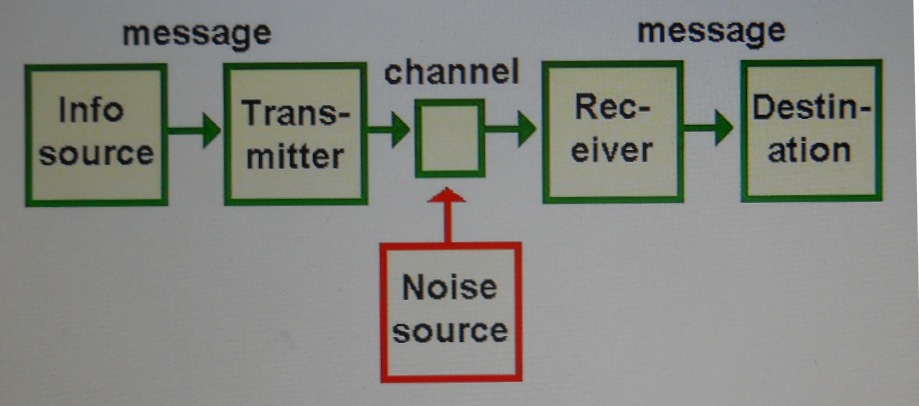Communication and Noise
In his book Communication Models, Uma Narula expresesses about the concept and I quote:
Concept of Communication
Communication is interaction with
ourselves, with others and with our external and internal environments. The
focus of our communications is sometimes defined, sometimes undefined and vague.
Similarly not all times we are conscious our our purpose of communication or
the effects that our messages will have on the targeted receivers. Our communication
may not be comprehensible all time and for everyone. But communicate we must
and we must express ourselves. It is necessary and important human activity
to survive and grow.
The animals, the birds, the insects, the tree and the plants all communicate.
To us it may not be comprehensible just as our communication may not be comprehensible
to them.
Human communication and non human communication through technology is the context
our our discussions
In our case, the context or our discussion is communication under the James Joyce paradigm, which the same way we feel about animals, birds, insects, trees, which developed a special system of communication that, we capture it, but do not understand it in all its contents. It happens in the same way which we do not understand James Joyce. In his Finnegan's Wake, we definitely do not understand it at all, in his Ulysses, we understand it really a little bit, although some think to understand it and we almost understand completely The Portrait. and his Dubliners. It is not a coincidence with its timing inception, i.e., the age Joyce was when wrote them. It is a reflex of a carefully designed option which he developed through his life.
This careful design, his work (and himself) will be here scrutinized under that concept. We will also do it under communication, since the design he used affected heavily his communication. See bellow. basically how these two concepts will be used.
Scope for Communication we will be focusing
The theory behind the concept of
communication is wide and complicated and it is beyond the scope of this job
to delve into it.
It can be divided broadly in two major groups, Narula, above, calls it human
and non human communication. One group is concerned with the actual transmission
of data, and it is sufficient to say that it is what technically makes modern
technology such as Internet possible.
The other group is concerned with how data is packed, delivered to our senses
and how we evolve them into messages with whic we interact to ohters and create
internal ideas.
The first group is basically called linear and can be understood by the model
put together by Claude
Shannon and Weaver and looks like that:
The second group is called interactive because takes into consideration the interactions between the source and the destination and it looks like that:
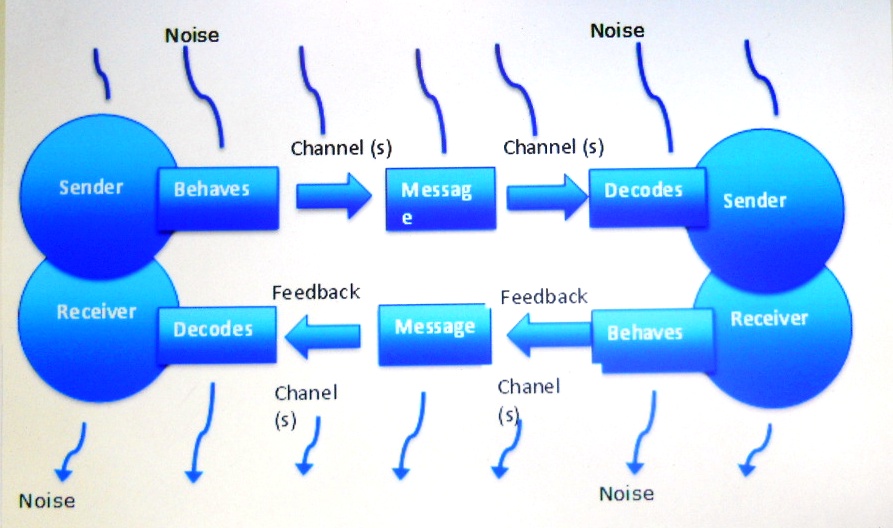 "Interactive"
by Phuongtn - Own work. Licensed under CC BY-SA 3.0 via Wiki medium Commons -
"Interactive"
by Phuongtn - Own work. Licensed under CC BY-SA 3.0 via Wiki medium Commons -
Note that actually it is two linear models stacked.
All other models are in their essence these two, being that they basically call noise by other names, i.e, for example, the various aspects of the human nature and how they interfere between the source and the destination, or psychology of communication, or constructionist approach. It should be mentioned that basically Joyce specialized in the noise contents of his communication.
The essence of communication in James Joyce
Basic concepts - Shannow Weaver Linear Model
An information source, which produces
a message.
A transmitter, which encodes the message into signals
A channel, to which signals are adapted for transmission
A receiver, which 'decodes' (reconstructs) the message from the signal.
A destination, where the message arrives.
Noise: Any outside signas that acts on the transmitted signal that variates on the signal
Shannon and Weaver argued that there were three levels of problems for communication within this theory.
The technical problem: how accurately
can the message be transmitted?
The semantic problem: how precisely is the meaning 'conveyed'?
The effectiveness problem: how effectively does the received meaning affect
behavior?
From Daniel Chandler we thake the following flaws in this transmission model by stating:
It assumes communicators are isolated
individuals.
No allowance for differing purposes.
No allowance for differing interpretations.
No allowance for unequal power relations.
The Constructionist Interactive model tries to cope with that.
Basic concepts - Constructionist Interactive Model
Noise; interference with effective
transmission and reception of a message.
For example, physical noise or external noise which are environmental distractions
such as poorly heated rooms, startling sounds, appearances of things, music
playing some where else, and someone talking really loudly near you.
Physiological noise are biological influences that distract you from communicating
competently such as sweaty palms, pounding heart, butterfly in the stomach,
induced by speech anxiety, or feeling sick, exhausted at work, the ringing noise
in your ear, being really hungry, and if you have a runny nose or a cough.
Psychological noise are the preconception bias and assumptions such as thinking
someone who speaks like a valley girl is dumb, or someone from a foreign country
can’t speak English well so you speak loudly and slowly to them.
Semantic noise are word choices that are confusing and distracting such as using
the word tri-syllabic instead of three syllables.
Sender; the initiator and encoder of a message
Receiver; the one that receives the message (the listener) and the decoder of
a message
Decode; translates the sender's spoken idea/message into something the receiver
understands by using their knowledge of language from personal experience.
Encode; puts the idea into spoken language while putting their own meaning into
the word/message.
Channel; the medium through which the message travels such as through oral communication
(radio, television, phone, in person) or written communication (letters, email,
text messages)
Feedback; the receiver's verbal and nonverbal responses to a message such as
a nod for understanding (nonverbal), a raised eyebrow for being confused (nonverbal),
or asking a question to clarify the message (verbal).
Message; the verbal and nonverbal components of language that is sent to the
receiver by the sender which conveys an idea.
No complete model has been developed
for the human communication process and in all of them we will have flaws and
the best way is to call them Theories of communication. For our purposes, the
best Theory we can apply is the following: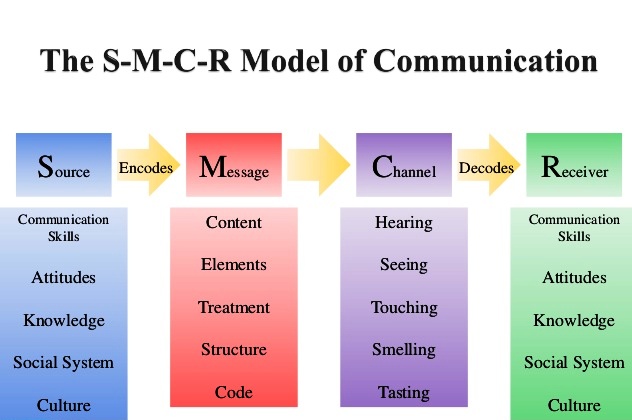
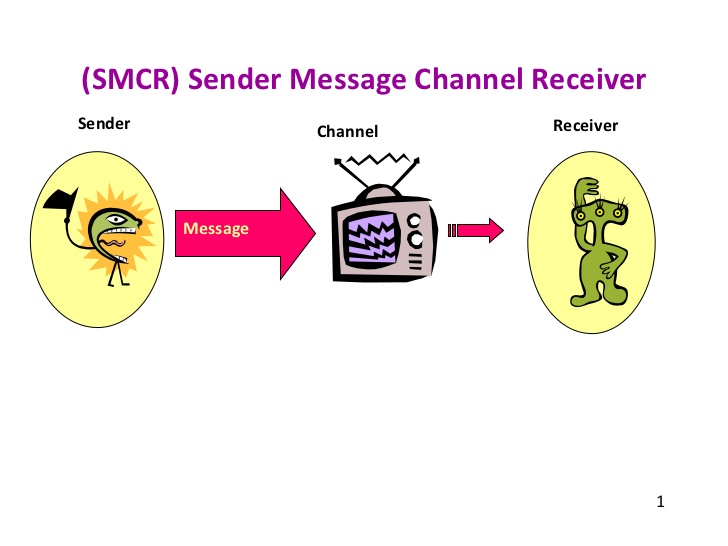
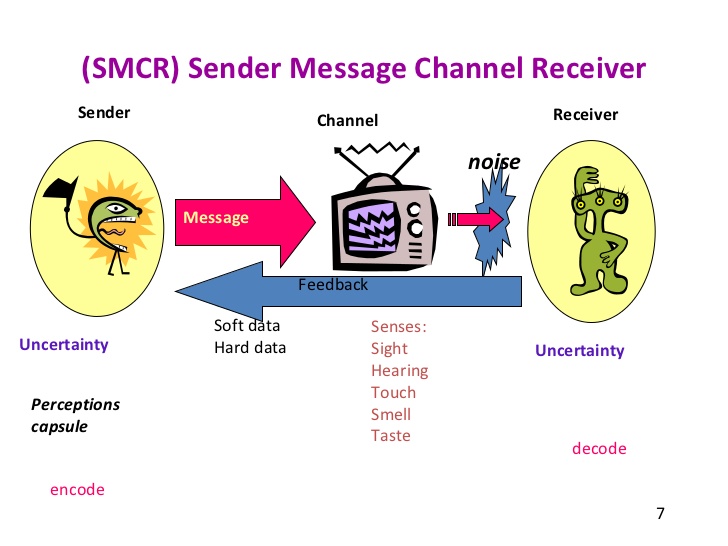
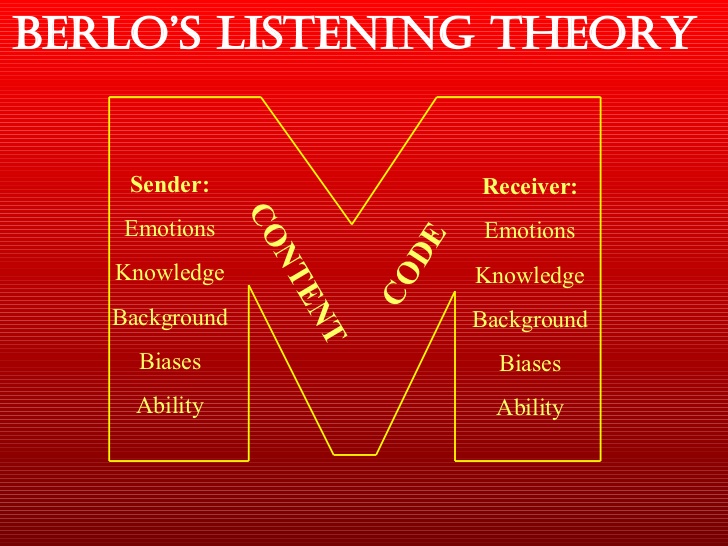
In our particular case, we should replace the TV by printed word and the message, although also word, is not verbalized and transmitted through a medium, it is printed.
David K. Berlo gives an attractive figure about the process, although there is a heck of a lot that should be included under Sender, Message, Channel, Receiver AND Noise. Basically it is what we will be doing here. Essentially, what James Joyce does is to carefully introduce a special kind of noise which creates uncertainty on the receiver and the message goes sort of havoc if you are not prepared to interpret it. We can better see what this is looking at the case of painting when we compare classical and modern painting. Painters, specially those modernists, introduce caregully designed noise to create uncertainty in the observer and it is the case where the emotions, knowledge, background, biases and ability are extremely relevants to its appreciation.
Another example where it can be perceived what is here been talked about is in the following example, discussed at Fiction of Something. It is not a coincidence that it revolves around an Eames creation...
One amazing thing we notice when studying communications it is that although the non human communications, i.e., technology, is extremely well developed, the non human communication when it comes to what happened with the aid of technology, which made it global, specially with Internet and TV, there is very little understanding about. And it is not for the lack of good theory, or explanation about. Marshall McLuhan does it and amazingly well, being his focus exactly on a mix between the channel and the noise, that can be summarized by his famous expression: The Medium is the Message. In our particular case of James Joyce, it can be summarized by the fact that if you make a movie about a James Joyce work, such as it is the case of Ulysses, you loose all the features that made it a "masterpiece" and it has almost no impact as it is the case of the printed Ulysses. It is impossible to make a movie about Finnegan's Wake. The same difficulty arises when you try to translate these books. They can't be translated! The first fifteen minutes of the movie Ulysses practically covers the whole subject of The Portrait! And The Portrait can be easily translated!!! Also, before examining this in detail, let's move on a little bit more our approach.
As it can be read above, data is the plural of datum and datum is "a putative fact regarding some difference or lack of uniformity within some context"
Information is data with meaning
